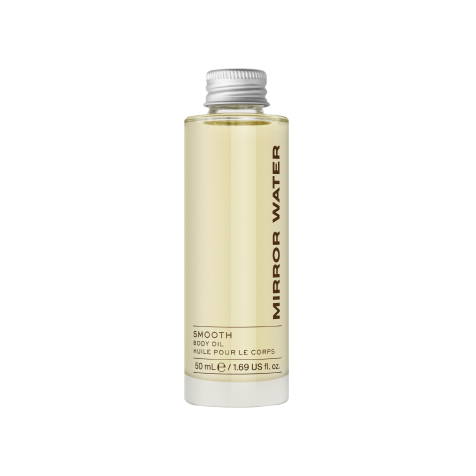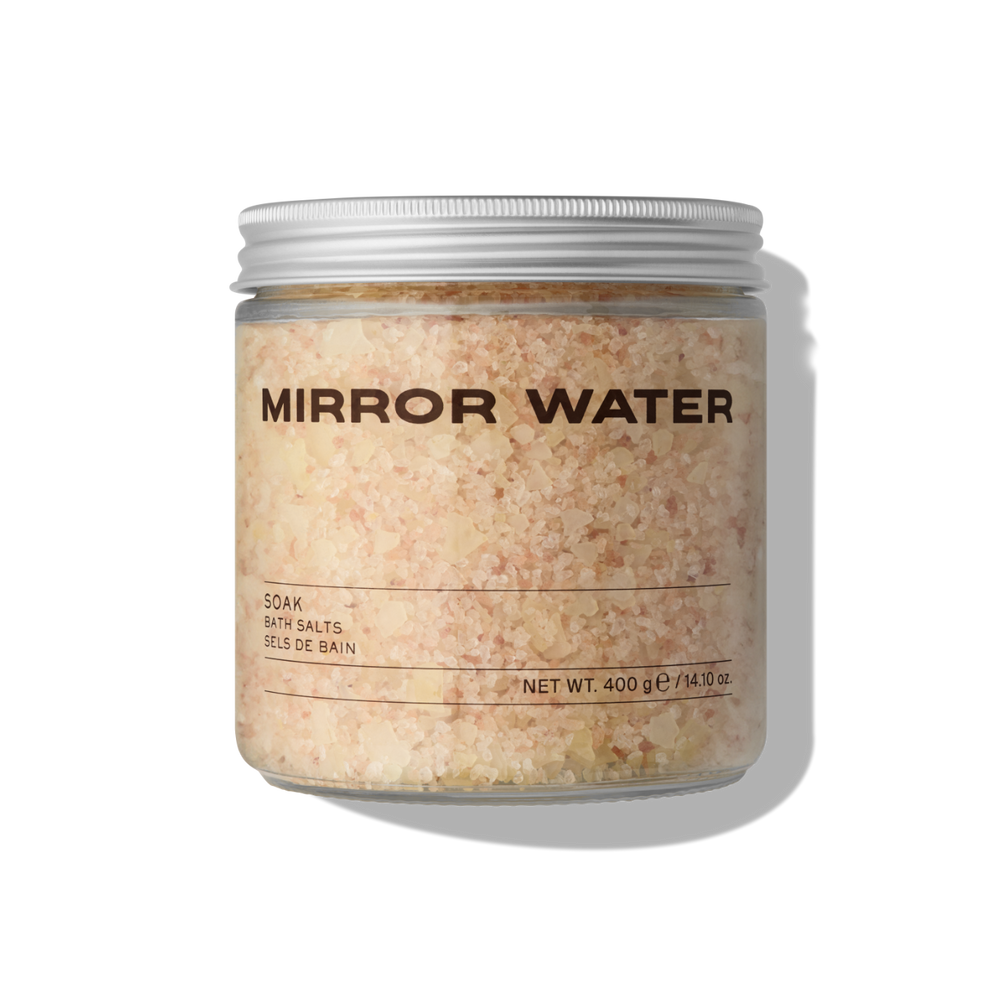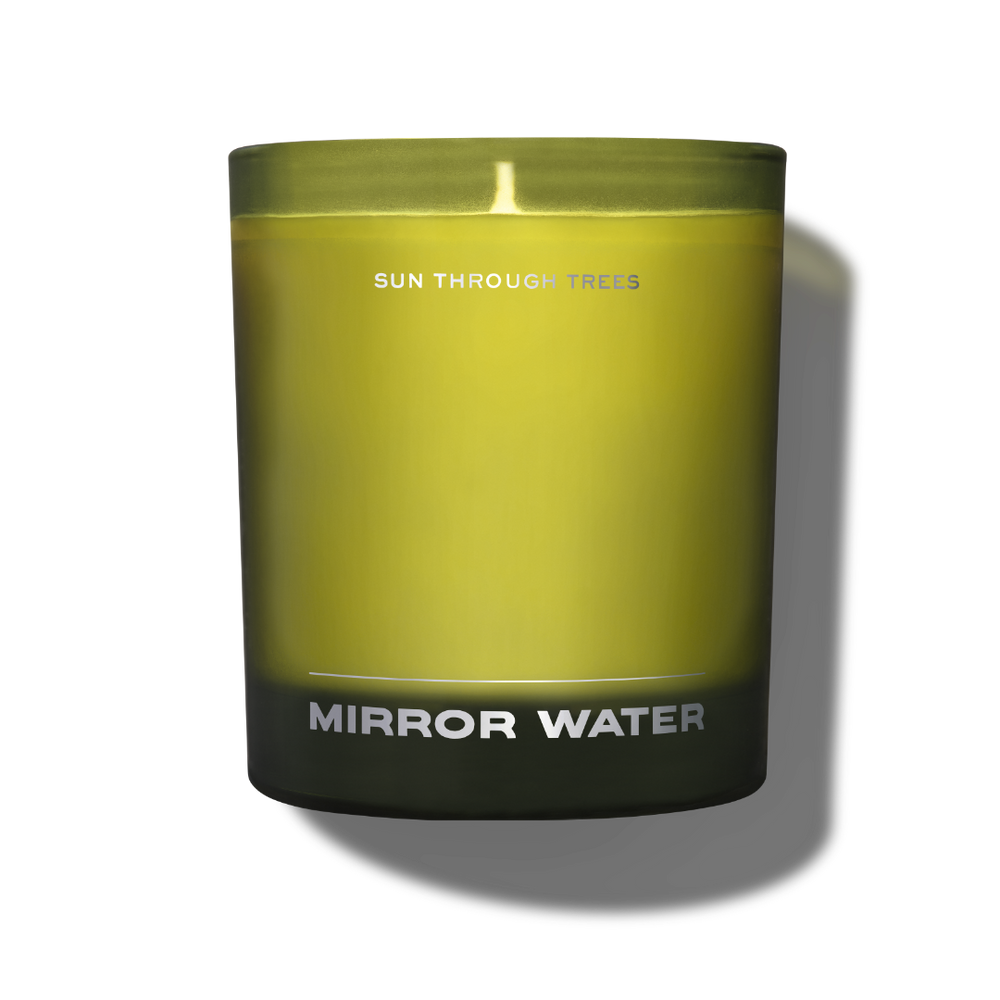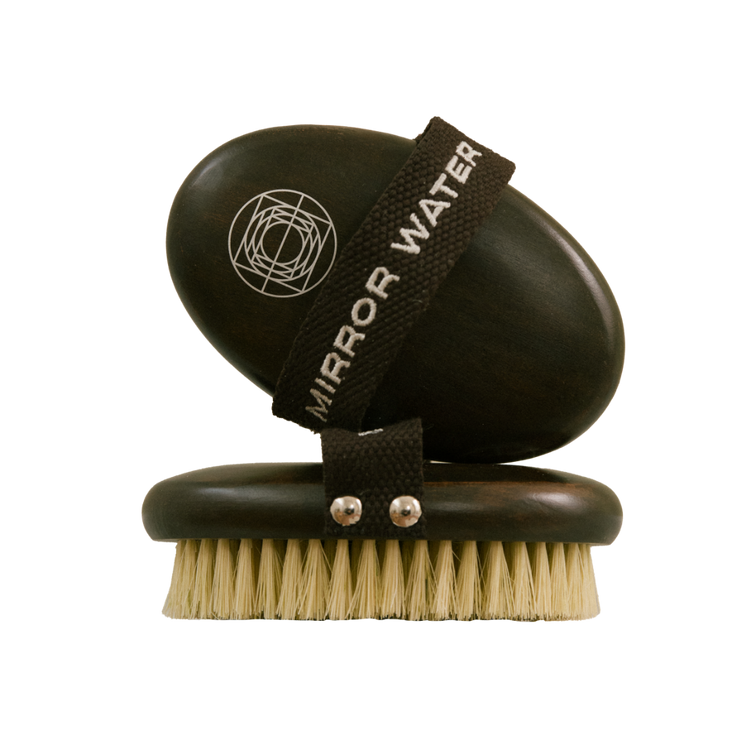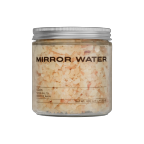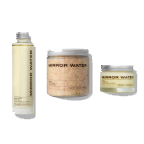
An Interview with Artist Alexandria Coe
London-based artist Alexandria Coe is known for her fluid line works depicting nude female figures—but Alexandria prefers ‘naked’ over ‘nude’. She cites John Berger’s distinction here, from his collection Ways of Seeing: ‘To be naked is to be oneself. To be nude is to be seen naked by others and yet not recognised for oneself’. Alexandria uses her art to shed the associations between nakedness and shame. She asserts that a highly personal feeling such as shame might seem like it comes from deep within ourselves but it is in fact derived externally, from society. Alexandria knows this intimately because she developed her artistic practice upon realising her poor relationship with her own body: ‘I found it freeing to draw nakedness based on how I wanted my body to feel rather than how I wanted it to look’. Her spontaneous drawings provide deliberate contrast and opposition to ‘the photoshopped and over-laboured images’ she saw around her in magazines and on social media.

Alexandria has felt the pull to make drawings and paintings since she was a child, but her vision has not always been as clear. Even with parents who met at art school, who filled their family home with art, and who let Alexandria use their supplies (she recalls being left alone with her dad’s paint brushes from the 80s and destroying them within minutes), Alexandria still felt that making art was reserved for the rich, the extremely lucky, or ‘famous dead men’. So she studied textile design, which felt like a more practical route, and although that was not to be her final mode of expression it led her to a master’s degree where she experimented with stop-frame animation and made short films. She remembers a critique with a tutor known for tough love who said simply ‘Who are you?’ and ‘What do you want to do?’.
At this time, Alexandria developed an interest in feminist theory and became fascinated with academic theories of the ways that bodies can be considered a product of our media landscape, and how that reflects back onto our own impression of ourselves. She had found an answer to her tutor’s questions but she worried that her character was too soft and feminine to strike out into the famously cold world of professional art. A friend on her MA course encouraged her to embrace those elements of herself, to find her own way of moving within that world. Alexandria also trained as a yoga teacher and found that this trio of factors—reading feminist criticism, accepting her own femininity, and improving her relationship with her body via her yoga practice—established the foundation of the artistic style that she is known for today. She set up a studio, gained commissions as an illustrator, and drew naked figures, following her strong sense that ‘life drawing is the beginning of all art’.

Things took off as soon as Alexandria started posting her work on Instagram, just as the platform had its own boom. All of a sudden—luxury London department store Liberty was her first client! She held a sale at her studio and remembers being floored when ‘people actually showed up’. She quit her teaching job and kept drawing. Her studio reflects her busy schedule and somewhat haphazard practice; it’s her preference to go in for one concentrated hour, draw exactly what she feels like producing, and then leave, with charcoal and paper scraps strewn everywhere. ‘It’s never what people think my studio will be like. I think my work has a clean aesthetic but my studio is a mess—I’m like that housemate who leaves old mugs everywhere, my studio is the equivalent of that’.

Alexandria now only draws from real life. She finds life models in individuals and couples who ask to model, as well as ‘comfortable friends’, and has even asked people on beaches if she can draw them. She particularly enjoys the latter, finding that people on beaches sit in a different way because they are relaxed, and their bodies rest softly against the sand. Alexandria finds that drawing from life prevents stagnancy and she also enjoys talking to her models. This is partly because it can be awkward otherwise—‘if we’re just stood in silence as they take off their clothes in my living room… then the 55 bus goes past the window’. But conversing with models is part of her conception of drawing as dialogue, putting people’s bodies and stories onto paper or canvas, and producing something for the viewer to relate to, and map themselves onto.
Visit Alexandria’s website to learn more about her work, to purchase her art, or to book a place at her life drawing classes.
If you enjoyed this interview, you might be interested in the following reading:
Ways of Seeing by John Berger
Unbearable Weight by Susan Bordo
The Beauty Myth by Naomi Wolf
In the Dream House by Carmen Maria Machado
Gender Trouble by Judith Butler

